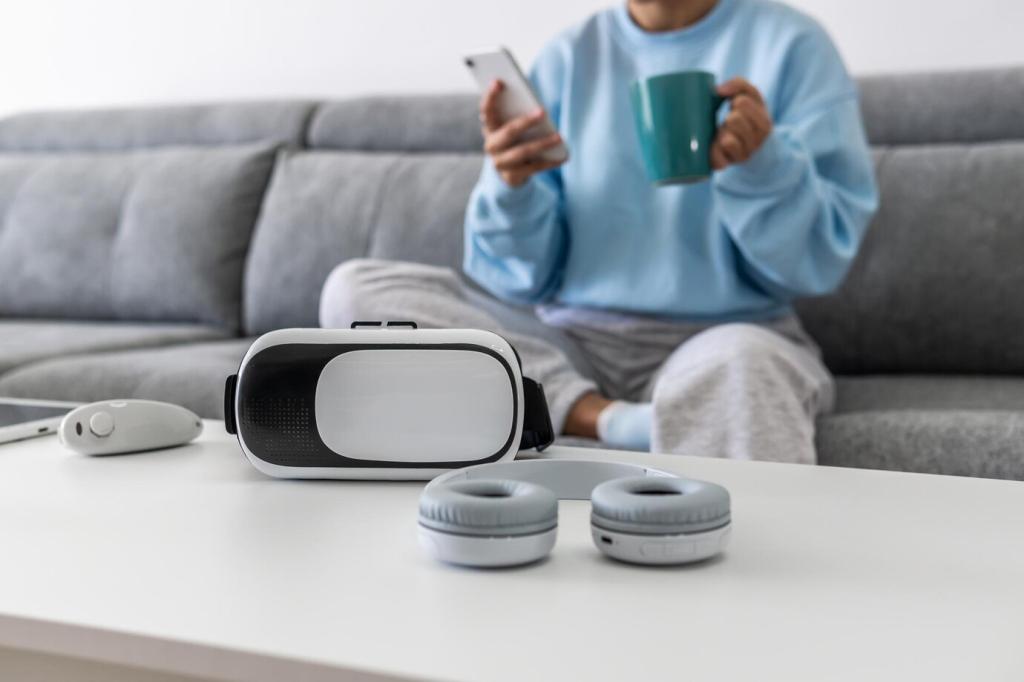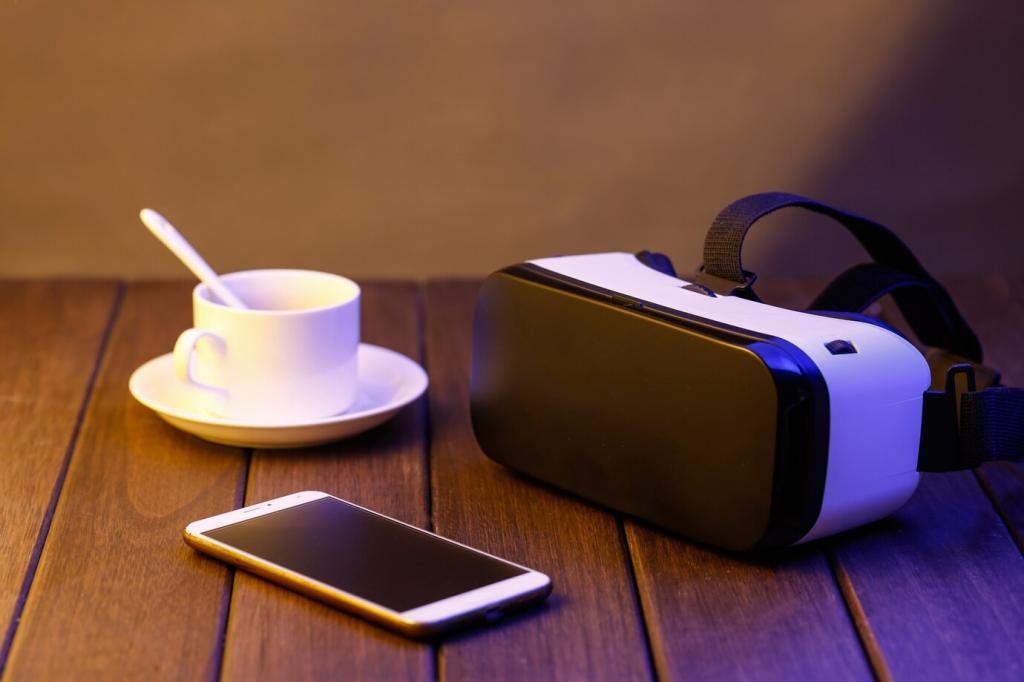Advanced VR Headsets: Enter the Next Dimension
Chosen theme: Advanced VR headsets. Step into a sharper, smarter, and more comfortable realm where optics, tracking, and mixed reality finally feel seamless. Stay with us, subscribe for deep dives, and help shape the future by sharing your experiences and questions.
Advanced VR headsets now deliver clarity that was unimaginable a few years ago, thanks to pancake lenses, high-resolution micro‑displays, and refined inside‑out tracking. The leap feels less like an upgrade and more like a new medium. What pushed you to revisit VR lately—clarity, comfort, or content?

Optics and Displays That Rewrite Clarity
Pancake lenses use polarization stacks to fold light paths, reducing bulk while controlling distortions and internal reflections. The result is slimmer headsets with improved edge‑to‑edge clarity. Share whether you notice fewer god rays and better text clarity, especially when browsing or reading documentation in VR.
Tracking, Input, and Natural Interaction
Eye Tracking Meets Intelligent Rendering
Eye tracking does more than foveated rendering; it enables intent‑aware interfaces, adaptive sharpness, and meaningful analytics for comfort. Privacy controls matter, so modern systems process gaze locally. Would you opt in for better performance if your gaze data stayed on‑device with transparent, user‑controlled permissions?


Hand Tracking That Finally Feels Natural
Machine‑learning models now handle occlusions and quick gestures, turning subtle pinches into reliable clicks. It’s freeing to set controllers down and still navigate smoothly. Which gestures feel most intuitive for you, and where does hand tracking still stumble—low light, fast motion, or fine manipulation?
Reprojection, Timewarp, and Frame Timing
Asynchronous reprojection and timewarp stabilize head motion when frames arrive late, reducing judder. However, artifacts appear during fast lateral motion. Share your best driver or runtime settings that strike a balance between responsiveness and visual integrity, especially in racing or flight experiences.
Upscaling and Foveation for Free Performance
Techniques like foveated rendering, dynamic resolution, and neural upscalers can recover performance while keeping the center razor‑sharp. Beware temporal shimmering on thin geometry. What combinations of render scale and sharpening work best for your hardware? Comment so others can start with proven baselines.
Thermals, Battery, and Sustained Clocks
Advanced headsets throttle less with improved cooling and smarter power states, but hot rooms still win. Ventilation, short breaks, and efficient scenes keep clocks high. Do you prefer tethered PCVR for peak performance or standalone convenience with wireless streaming over Wi‑Fi 6E? Tell us why.


Mixed Reality Passthrough and Spatial Awareness
High‑resolution, low‑latency color passthrough lets you check your keyboard, greet a pet, or anchor a virtual screen on a real desk. The practical wins are immediate. What’s your favorite MR use case—workflows, fitness, or creative prototyping with real tools in reach?
Mixed Reality Passthrough and Spatial Awareness
Semantic scene meshes identify walls, tables, and walkways, enabling content to snap where it belongs. Spatial anchors persist across sessions, so designs stay put. Share whether persistent setups save you time, and if multi‑room or multi‑user anchors would change how you collaborate at home or work.
Ergonomics, Audio, and Long‑Session Comfort
Battery‑in‑back designs and rigid straps shift weight off the face, easing pressure on cheeks and forehead. Micro‑adjustments matter over time. Tell us which strap styles or counterweights solved hotspots for you, and we’ll publish a community comfort guide for marathon sessions.
Ergonomics, Audio, and Long‑Session Comfort
Swappable facial interfaces, anti‑fog airflow, and lens inserts improve clarity and cleanliness. A soft gasket can change everything on a long day. Share your cleaning routine and preferred materials so fellow readers can maintain clarity without scratching optics or irritating sensitive skin.


Content, Collaboration, and Tomorrow’s Roadmap
OpenXR reduces fragmentation, making it easier for developers to target multiple headsets without rebuilding everything. Healthy ecosystems respect choice while enabling innovation. If you’re a developer, comment on your OpenXR workflow, and we’ll host a Q&A to help new creators get started.
